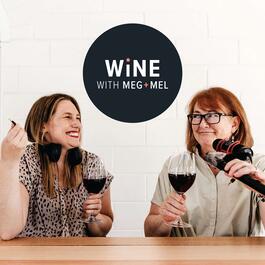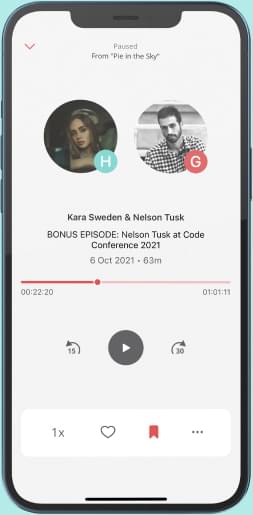
Send us a text German Riesling demystifies the often confusing terminologies found on labels by breaking down quality classifications based on ripeness levels at harvest and their relationship to final sweetness. We unpack the intricate world of German wine labels to help you navigate these complex yet incredibly rewarding wines. • German quality wine is ranked based on grape sugar levels at harvest, not final sweetness • Kabinett (11.5% potential alcohol) features citrus, green apple, and high acidity • Spätlese (13% potential alcohol) shows more ripeness with red apple and apricot notes • Auslese (14% potential alcohol) often includes some botrytis influence with marmalade character • Beerenauslese and Trockenbeerenauslese represent noble rot-affected and dried botrytis grapes • Eiswein (ice wine) offers concentrated sweetness without botrytis, yielding just 50 liters per ton • Alcohol level on the label indicates residual sugar – lower alcohol means more sweetness • VDP eagle symbol on bottles indicates membership in an elite producer group • Vineyard designations like "Grosses Gewächs" represent single-vineyard, high-quality wines • Wines with residual sugar provide perfect balance to high natural acidity • German Rieslings can age beautifully, developing complexity while maintaining freshness Next week: Is Nebbiolo the next Sangiovese? We explore whether this Italian variety is becoming Australia"s next big alternative grape variety. Follow us on instagram @winewithmegandmel
From "Wine with Meg + Mel"


Comments
Add comment Feedback